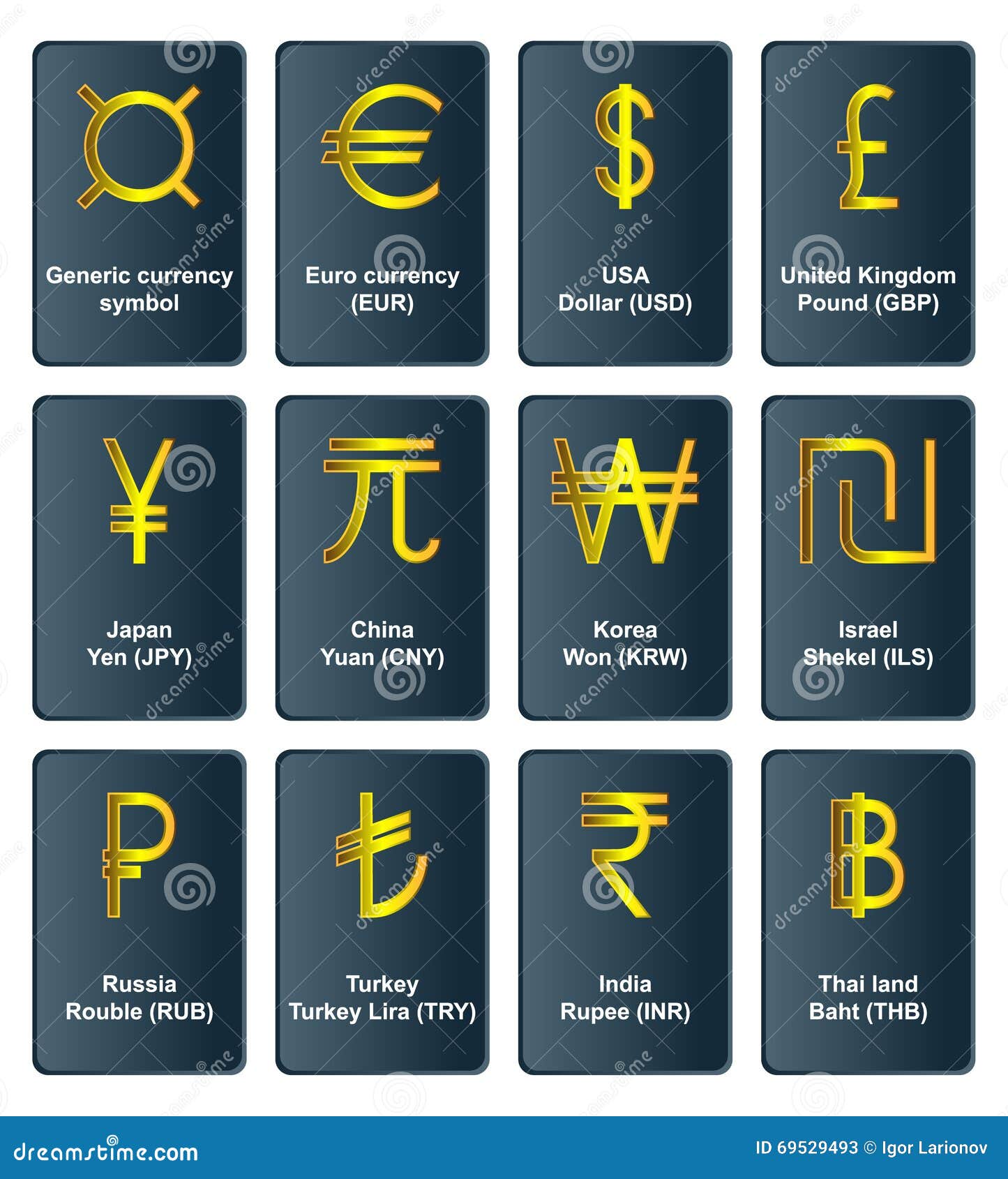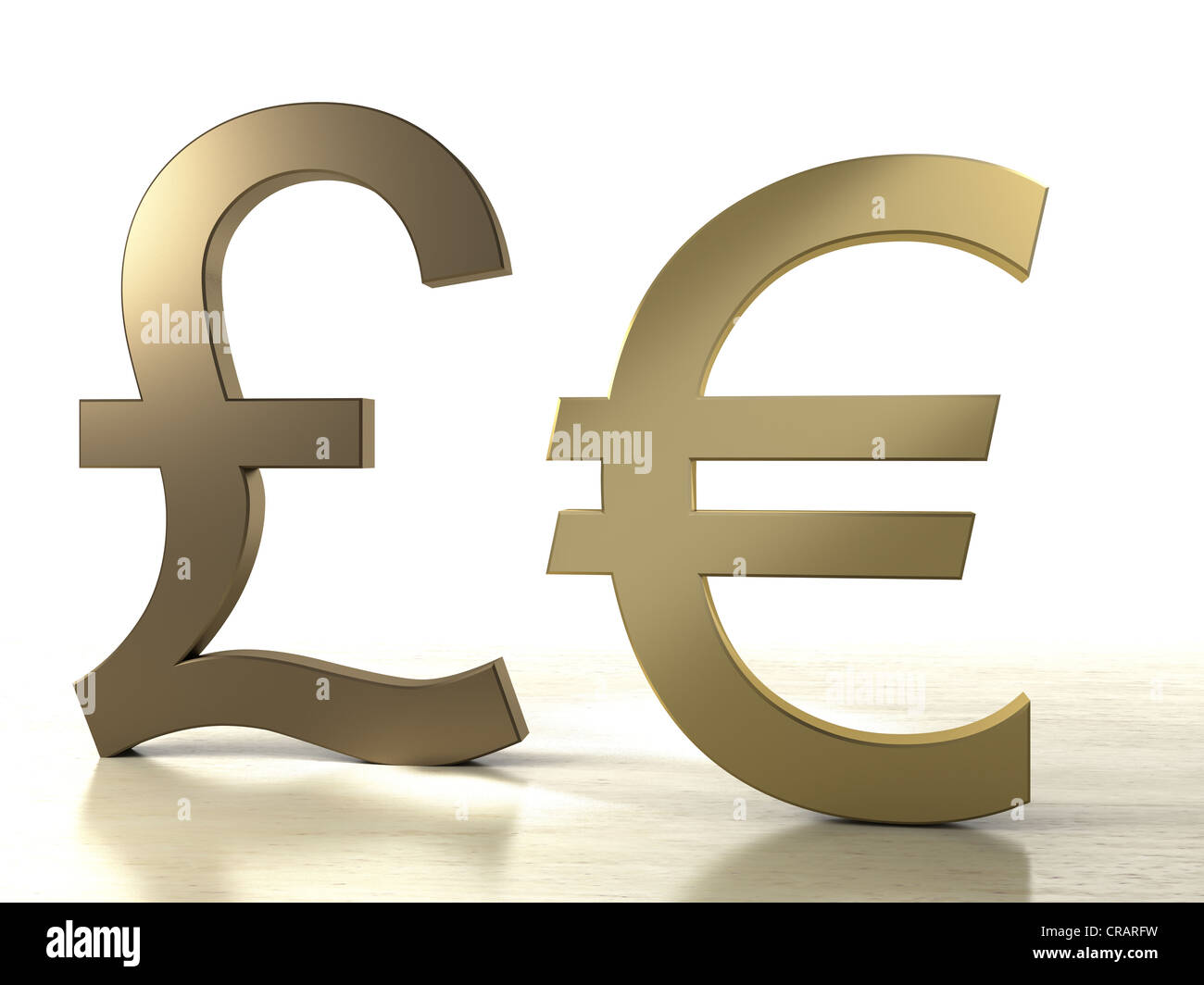Global Currency Symbols: Your Guide To $, , & More!
Ever wondered how a simple symbol can instantly convey financial information across borders and languages? Currency symbols are the unsung heroes of global commerce, making it easier than ever to navigate the complex world of money.
The realm of currency symbols is a fascinating and often overlooked aspect of our daily lives. These shorthand representations of monetary units, from the ubiquitous dollar sign ($) to the lesser-known symbols of far-flung nations, play a crucial role in facilitating trade, simplifying financial transactions, and enabling clear communication about money across the globe. They are the visual shorthand of finance, a universal language understood in bustling marketplaces and sophisticated financial institutions alike. Whether you are planning an international trip, participating in global markets, or simply adding some worldly flair to your writing, understanding currency symbols is essential.
Let's delve deeper into the world of these symbols, starting with a crucial distinction: currency symbols versus currency codes. While both represent monetary units, they function in distinct ways. Currency codes, such as USD for the United States dollar or EUR for the euro, are standardized alphabetic codes assigned by the International Organization for Standardization (ISO). These codes form the backbone of international financial communication, ensuring that different currencies are accurately identified in complex transactions. However, they lack the immediate visual impact of a currency symbol. Currency symbols, on the other hand, are the visual representations, the recognizable glyphs that instantly signal the type of money being referenced.
The history of currency symbols is as intriguing as their practical application. Many symbols have evolved over centuries, their designs often reflecting the history, language, or even the aspirations of the nations they represent. Take the euro symbol, for instance. This symbol, a stylized "E" crossed by two parallel lines, wasn't chosen by accident. The design reflects both the stability of the European Union and the unification of Europe. Similarly, the dollar sign ($) is believed to have evolved from the Spanish peso, a currency that was once widely used in the Americas. The symbol, derived from the letters "ps," representing "pesos," has become a global icon of financial power and influence. The British pound sterling symbol, , has its roots in the Roman "L," for "libra," a unit of weight.
Consider the diversity of currency symbols across the globe. While some are familiar, like the dollar sign ($) and the euro sign (), others are more obscure, representing currencies from countries and regions you may never have considered. The Indian rupee is represented by , the Japanese yen by , and the Korean won by . Each symbol tells a story, reflecting the unique history and culture of the nation it represents. Some countries even use variations of symbols, such as the use of the rupee sign, or RS symbol for India or the us cent symbol or cent sign.
In the European Union, the euro () reigns supreme, serving as the official currency of 20 out of the 27 member states. This group of countries, known as the Eurozone, utilizes the euro for all transactions, streamlining financial interactions and facilitating economic integration. The euro was introduced as a non-cash monetary unit on January 1, 1999, and currency notes and coins appeared in participating countries in 2002. Its adoption marked a significant step toward European unity, symbolised by the design of the euro itself. As a symbol of a united Europe, the euro symbol is readily available as a unicode character. You can easily type the euro symbol on your iPhone or iPad.
The United Kingdom, a member of the European Union until its withdrawal, utilizes the British pound sterling () as its currency. The pound sterling is a symbol of stability and tradition, dating back centuries. The choice of currency symbol, and its ongoing use, are reflections of the UK's unique history and its place in the global financial landscape. It's crucial to note that with the withdrawal of the United Kingdom from the European Union, content on websites like this may need updates to accurately reflect the current financial landscape.
The story of currency symbols also reveals the dynamic nature of finance. These symbols are not static; they can evolve alongside changing economic and political landscapes. The continuous evolution of currencies and the symbols that represent them reflects the ever-changing nature of the world economy. As new currencies emerge and existing ones adapt to new technologies, the symbols that represent them will continue to evolve as well.
The benefits of currency symbols extend beyond mere convenience. They contribute to financial literacy, promote international trade, and facilitate efficient communication. By providing a universal visual language for money, currency symbols help break down barriers and enable individuals and businesses to navigate the complexities of the global economy with greater ease. They streamline monetary communication, pricing, and financial transactions, particularly within the Eurozone. Think about how much easier it is to understand the price of an item when you see a familiar symbol like the dollar sign ($) or the euro sign () than it is to read a long currency name.
The importance of currency symbols can be seen in their impact on international trade and finance. They serve as an essential tool for international trade and finance, facilitating clear communication about money across borders and languages. The immediate recognition of a symbol like the dollar sign ($) facilitates transactions, builds trust, and streamlines communication in international markets. The ease of use of currency symbols makes them indispensable for international transactions, trade, and finance.
Currency symbols are quick and easy to use, making them an important part of our financial lives. They help us understand the value of goods and services, manage our personal finances, and participate in the global economy. They are so ubiquitous that we often take them for granted, but the next time you see a currency symbol, take a moment to appreciate its significance. It is a small but mighty symbol that plays a vital role in the financial world. From the euro sign () to the British pound sterling (), currency symbols are a universal language. The value of a currency symbol helps us navigate the complex world of money.
| Currency | Symbol | ISO Code | Countries of Use (Examples) |
|---|---|---|---|
| Euro | EUR | Germany, France, Italy, Spain, Netherlands, Belgium, Austria, Portugal, Finland, Ireland, Greece, Slovenia, Cyprus, Malta, Slovakia, Estonia, Latvia, Lithuania, Croatia | |
| United States Dollar | $ | USD | United States, Ecuador, El Salvador, Marshall Islands, Micronesia, Palau, Timor-Leste |
| British Pound Sterling | GBP | United Kingdom, Channel Islands, Isle of Man | |
| Japanese Yen | JPY | Japan | |
| Indian Rupee | INR | India | |
| Canadian Dollar | $ | CAD | Canada |
| Swiss Franc | CHF | CHF | Switzerland, Liechtenstein |
| Australian Dollar | $ | AUD | Australia, Christmas Island, Cocos (Keeling) Islands, Norfolk Island |
| Chinese Yuan | or | CNY | China |
Source: ISO 4217 Currency Codes
- Doordash Super Bowl Promo Codes Sweepstakes Info Dont Miss
- Gabrielle Union Age Birthdate More Unveiling Her Life
Währungen Symbole Gesetzt Dollar Euro Rubel Yuan Yen Lira Schweizer Stock Vektorbild von

Golden Currency Symbols of the World Stock Vector Illustration of sterling, european 69529493

The Story Behind The Euro Symbol Its Origin, Meaning, And Usage